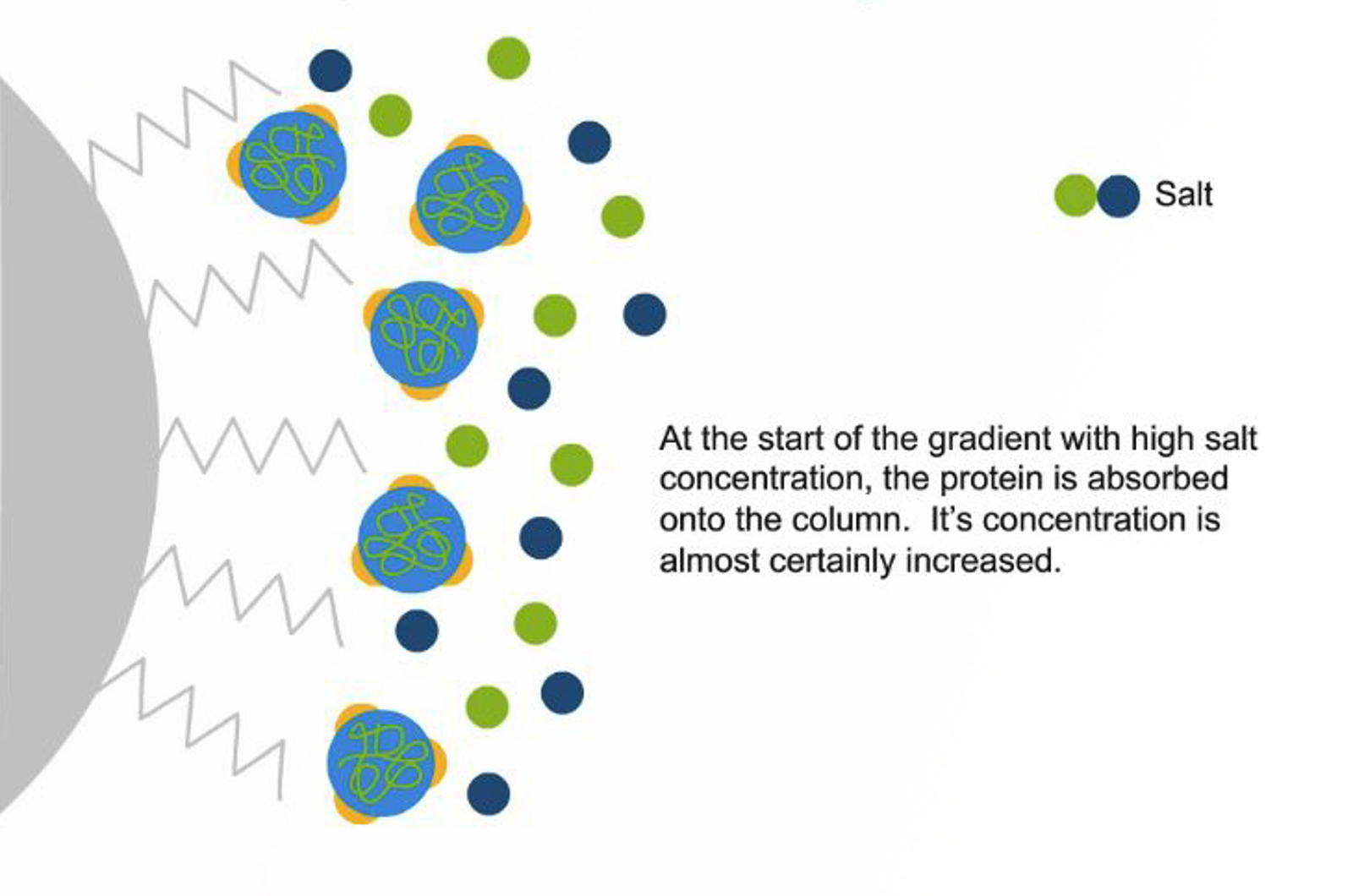Hydrophobic Interaction Chromatography of mAbs and ADCs
Sponsored by

Course Details
Hydrophobic interaction chromatography, or HIC, is a very powerful chromatographic technique for separating proteins in order of increasing hydrophobicity. Unlike traditional reversed phase chromatography, it is conducted using mobile phase solutions that do not denature the protein. It is also capable of resolving impurities and variants (from post-translational modifications) that can prove difficult by any other chromatographic technique.
Learn more about the important factors that need to be considered in developing robust and reliable UHPLC-based HIC separations and how novel HIC stationary phases can solve current industry challenges in determining critical quality attributes of mAbs and ADCs.
Topics include:
- Grand average of hydropathy (GRAVY) prediction
- HIC separation of standard proteins
- Understanding HIC mobile phase composition
- Protein solubility
- Protein adsorption on HIC stationary phase
- Protein elution on HIC stationary phase
- Thermodynamic drivers in HIC
- What is HIC used for?
- Workflow for hydrophobic interaction chromatography
- High resolution ADC fragments

